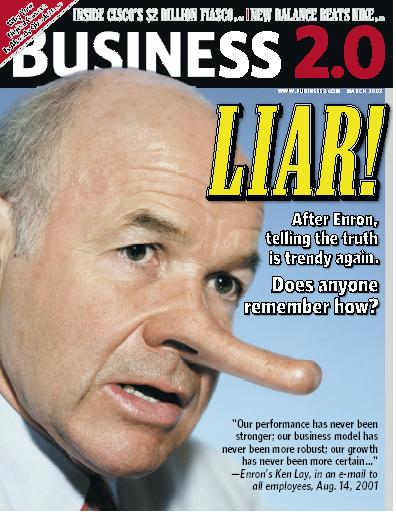
Excellent leaders persevere in the face of adversity such as the current financial crisis. We need to help our people through difficult times, with personal resiliency and authentic optimism about the future. We have to be candid about the dire situation of the financial markets and the significant pain and suffering that awaits employees in countries affected by the downturn. In the US, the likely long-term recession or horrific possibility of a sequel to the great depression is a possibility we must acknowledge.
But today, November 27 2008, is the day people in the US celebrate those things we appreciate. On Thanksgiving, can we also have a vision of the big picture beyond the painful side of the crisis? Can we credibly claim an upside? The Scientific Leader thinks so. I’ll outline some of the potential good that may come to business as a result of this difficult time, and welcome your own ideas:
- Demise of Snake Oil
- Respect for Uncertainty
Too few leaders historically cared about risk and uncertainty as major aspects to business management. But the recent high-profile collapses may have changed this forever. Lazy managers and leaders of the past would rely more on intuition and judgment instead of the more complicated and tedious methods that use probability. But as Richard Feynman once noted, “Mother Nature Can’t Be Fooled”. The scientific method requires uncertainty to approximate the truth. Leaders who seek to manage risks and returns would do well to study the leadership methods to measure and value risk and uncertainty. These include Monte Carlo and Real Options methods as part of a portfolio in managing Enterprise Risk.
- Substance trumps slick
Will companies managing through this downturn tolerate glitz without substance? Will the trash and trinkets given away at large-company meetings lessen? I don’t know for sure, but I suspect there will be less tolerance for this in the near term at least. The free t-shirt for the “flavor of the month” initiative may be as endangered as the constant initiative churn that burns capital without creating value. Demonstrable value may come into vogue again. The Scientific Leader’s “Cue See” model attempts to be a practical way of discerning and improving the value creation process.
- Global Cultural Savvy
With the US Dollar likely to follow the way of Zimbabwe, firms heavily dependent on the dollar will have to hedge their risk. Even small to medium sized firms may be wise to consider holding retirement and other assets in foreign equities, currencies, bonds, and hard assets like gold. To do this, Americans will have to learn more about other countries rules. In many cases, people will find that places such as Singapore and Hong Kong have even more freedom than the so called “land of the free”. Americans may have more sensitivity to different ways of working and doing things, rather than a mindless, “US is Best” mantra of the past. Businesses like Peter Schiff’s Euro Pacific Capital are staged to take their business and help them diversify.
What upsides do you see from such a crisis for business?












